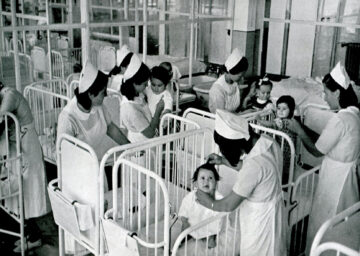Prescribed Modernity
Doctoral dissertation by Cansu Degirmencioglu
The Turkish Republic emerged from the First World War and the War of Independence with anxieties about its perceived image in the eyes of the West and cast itself as a nation, separating recent failures from its future goals. Hence, a harmonious and healthy nation was a key to provide these goals. Although the lack of medical wellness in Turkey had an arguably different account than the industrialized West, the role models of medical modernization were still chosen from Western nations. Along with a set of revolutions, architecture was transformed into a new discipline recognized with its social rather than visual concerns, and an agent to create the desired healthy nation.
The perception and execution of “modernity” presented unique cases in the fields of architecture as well as medicine. This research aims to contribute both to histories of modern architecture and medicine in Turkey by exploring these connections and drawing a framework about the medicalization of architecture between 1923-1950. To that end, it examines the perception of “modernity” and therefore the Occidental influence in Turkish architectural culture, through analysis of the representations of hygienic homes, healthy bodies, medical facilities and bathing spaces in official publications, popular periodicals, exhibitions, medical propaganda journals and various documents of architectural practices. Taking an interdisciplinary approach, it examines how the state, the urban planners, architects, and women acted as medical educators in the process of building “the new man” and his healthy living environment.
